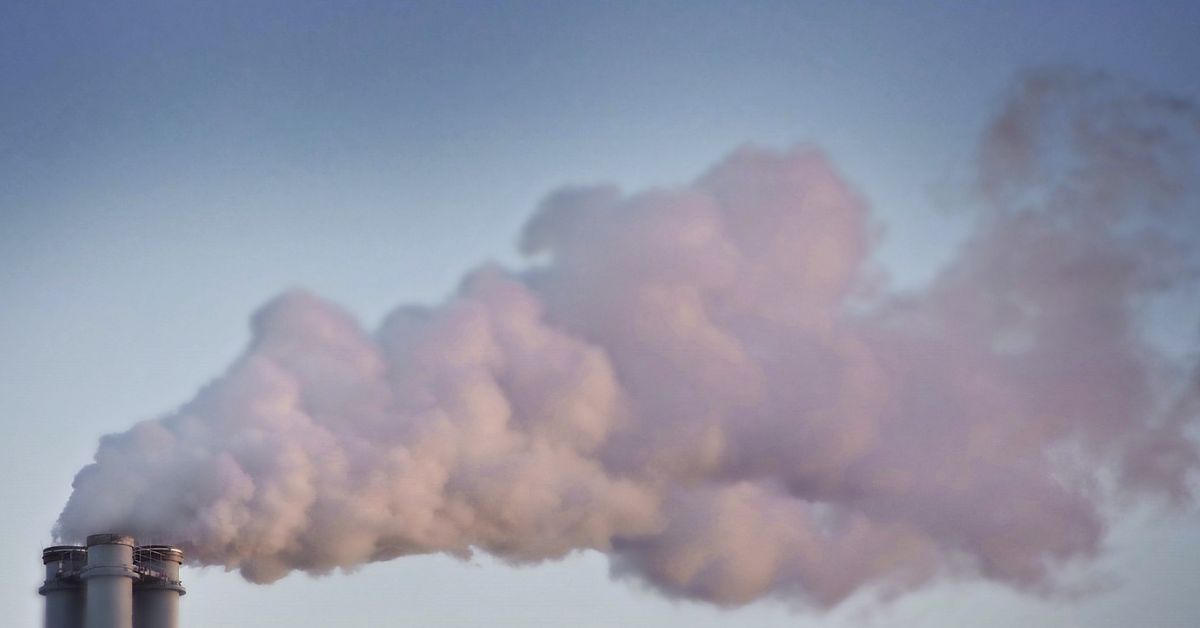The Waterloo Incinerator, also known as the “Zetland Monster”, was a source of controversy and public outrage in the Sydney suburb of Zetland for over three decades. Built in the 1960s, the incinerator was finally closed down in 1996 after being found to be operating in serious breach of international pollution standards.
Spewing pollution and foul odour 24/7, the incinerator owned by Waverley and Woollahra councils was found to have violated international pollution standards for dioxin/furan and heavy metal emissions, as per a 1990s report by the NSW EPA, leading to its closure.
The site of the Waterloo Incinerator became a topic of debate among developers, councils, and residents after its closure. In 2007, the incinerator was demolished to make way for the Green Square town centre, a large urban renewal project by the NSW Government.
The Waterloo Incinerator: A Controversial History
The history of the Waterloo Incinerator is rife with controversy and public opposition.
In 1965, Waverley and Woollahra councils applied to build an incinerator in Botany Road, Waterloo, but the City of Sydney Council refused the application.
The case went to the Land and Valuation Court in 1966, and the incinerator was approved. It opened in 1973, but a year later residents began demonstrating against the odour, dust, and air pollution.
The South Sydney Council sought an injunction against the owners, and the State Pollution Control Commission (SPCC) ordered the plant closed by November 1974.
Opposition and Closure Campaigns
There were several campaigns launched by the community to close the Waterloo Incinerator due to its harmful effects on the environment and public health.
The incinerator underwent a major overhaul and reopened in July 1976, but the problems did not end there.
In 1989, tests found dioxins in emissions 30–60 times above global standards, causing public outrage. In 1990, SPCC said there was no threat to public health, but ZCAG campaigned to close the incinerator.
Then in 1992, additional tests discovered dioxin levels up to 153 times beyond overseas standards. Greenpeace blockaded the incinerator for a day in August, of that same year. However, the environment minister permitted the incinerator to keep running after an upgrade was completed to meet German dioxin emission requirements.
The owner councils established a Community Liaison Committee in April 1993 to garner community support for the incinerator’s upgrade. In August of the same year, the Department of Planning launched the Green Square Strategy for an urban village to be built on old industrial land just east of the incinerator, accommodating up to 30,000 new residents.
In September 1994, South Sydney Council and ZCAG started a campaign to close the incinerator, followed by the establishment of a “dioxin hospital” by Greenpeace and ZCAG in November. The Community Liaison Committee was later abandoned.
In March 1995, Environment Minister Pam Allan pledged to phase out the incinerator, and the Eastern Suburbs Waste Management Inquiry was formed in June. Despite the inquiry recommending shutting down the incinerator within two years, the owner councils suggested upgrading it.
However, in 1996, the EPA deemed the incinerator ash hazardous and sent it to a landfill in western Sydney. Additionally, internal reports indicated that the incinerator required $2.5 million in urgent repairs as it was on the verge of collapsing.
By May, tenders for upgrading the incinerator lapsed, and the owner councils abandoned their upgrade plans.
Allan intended to shut down the plant before the operating license expiration deadline. However, the EPA director-general extended the license and proposed upgrading the incinerator again.
Published 18-April-2023




